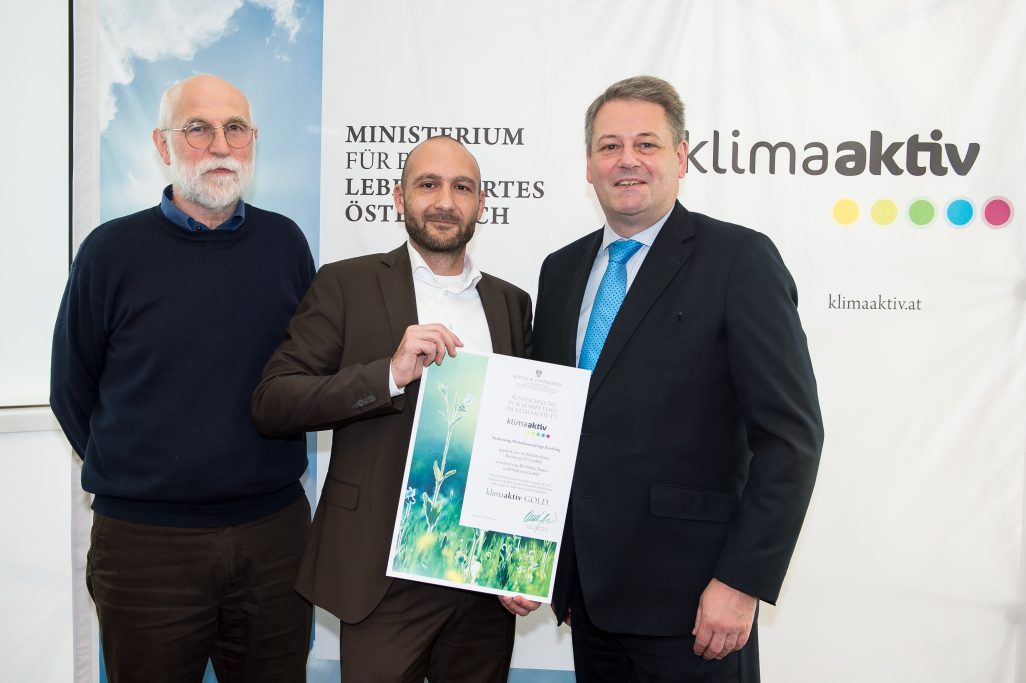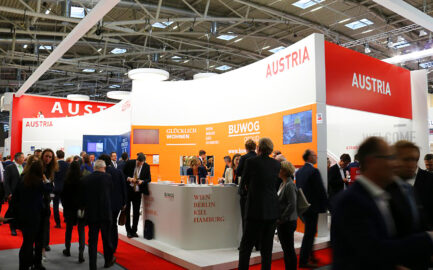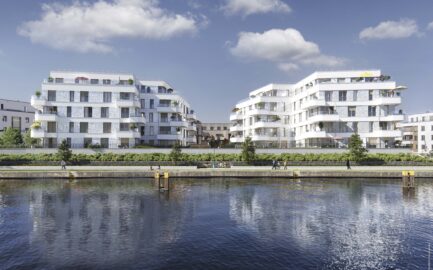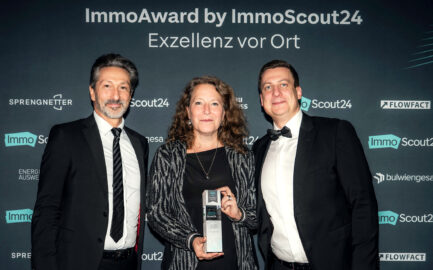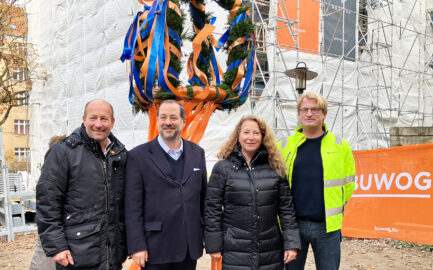It’s been noticeably colder for several days. Not only is Christmas around the corner, but the heating season has long been knocking at the door. Winter is the best time for making yourself comfortable at home, for reading, listening to music or maybe just lying on the sofa relaxed – or chilling. With a few cleverly implemented measures, in the cold months you can thoroughly save on energy in older residential buildings as well.
Simple measures for heating: little effort, lower costs
How often it’s the small everyday things in the heating area that can be easily changed, and by that I mean improved. Even if you don’t live in a low-energy building or maybe a passive house.
Changes in our habits of use don’t mean cost outlays, they generally don’t impair the quality of life or standard of living you’re used to and they even result in noticeable effects.
I personally would recommend the following 5 measures:
1. Don’t overheat the rooms: it’s often much too warm in rooms; a constant and permanent reduction of the room temperature by just 1°C generates energy savings of 5-6 %.
2. Lower the temperature: at night or also by day when no one’s at home
3. Ventilate properly: quick, intensive ventilation, that is to say, really opening the window and then shutting it again, rather than permanently tilting it.
4. Keep the radiator free of objects: don’t block it with furniture or cover it with heavy curtains; don’t forget to ventilate the radiators regularly.
5. Consumption control = cost control: those who gain an overview of their energy consumption have better control and can take better action.
Refurbishment measures: numerous improvements, higher building standard and an award for BUWOG
At a klima:aktiv event in Klosterneuburg Federal Minister Andrä Rupprechter presented awards to eight buildings from Lower Austria for their contribution to climate protection. Six of them received the klima:aktiv Gold standard, the highest award for energy-efficient buildings. And the great thing about that: BUWOG’s passive house project in Kierling was among them.
But how did it come to that: in the portfolio from the 70’s there were 24 flats with electric floor heating, reason to also consider a more efficient and more ecological energy concept in the scope of thermal rehabilitation. If we hadn’t had the chance to build an extension on to our residential complex and densify it through additional buildings on the property, this form of implementation wouldn’t have worked for us. The rooftop extension spared insulation and refurbishment measures on the existing rooftop and contributed to the financing for the quality rehabilitation of the existing buildings. Achieving a passive-house standard for the building shell facilitates heating by way of a newly installed ventilation system in the existing installation shafts – sounds quite simple, but those familiar with the shaft sizes in old buildings know what that was all about. So: “hat’s off” to the residents who experienced such an extensive rehabilitation “live”.
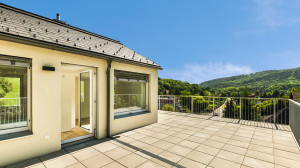
The heat for the heating and hot water is supplied to both building segments by a common centralised biomass (pellet) system AND on the southern rooftops of the extension of the old building 90 sqm thermal solar collectors were installed.
There has been plenty done, that’s why the project received 925 out of 1000 possible klima:aktiv building standard points. It combines extremely energetic and ecological quality with professional execution and thus complies with the klima:aktiv GOLD building standard.
…” and now the winter can come!”

